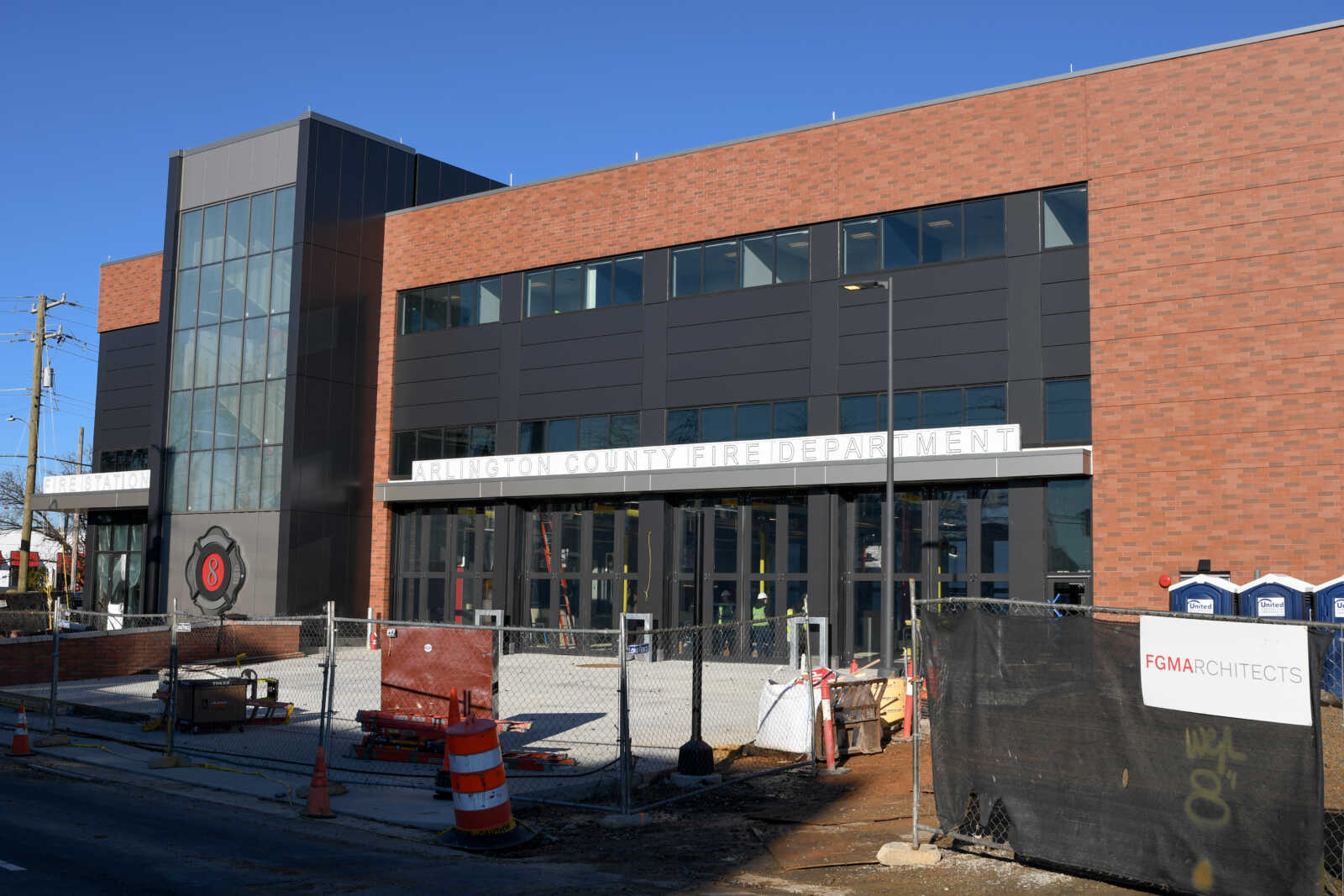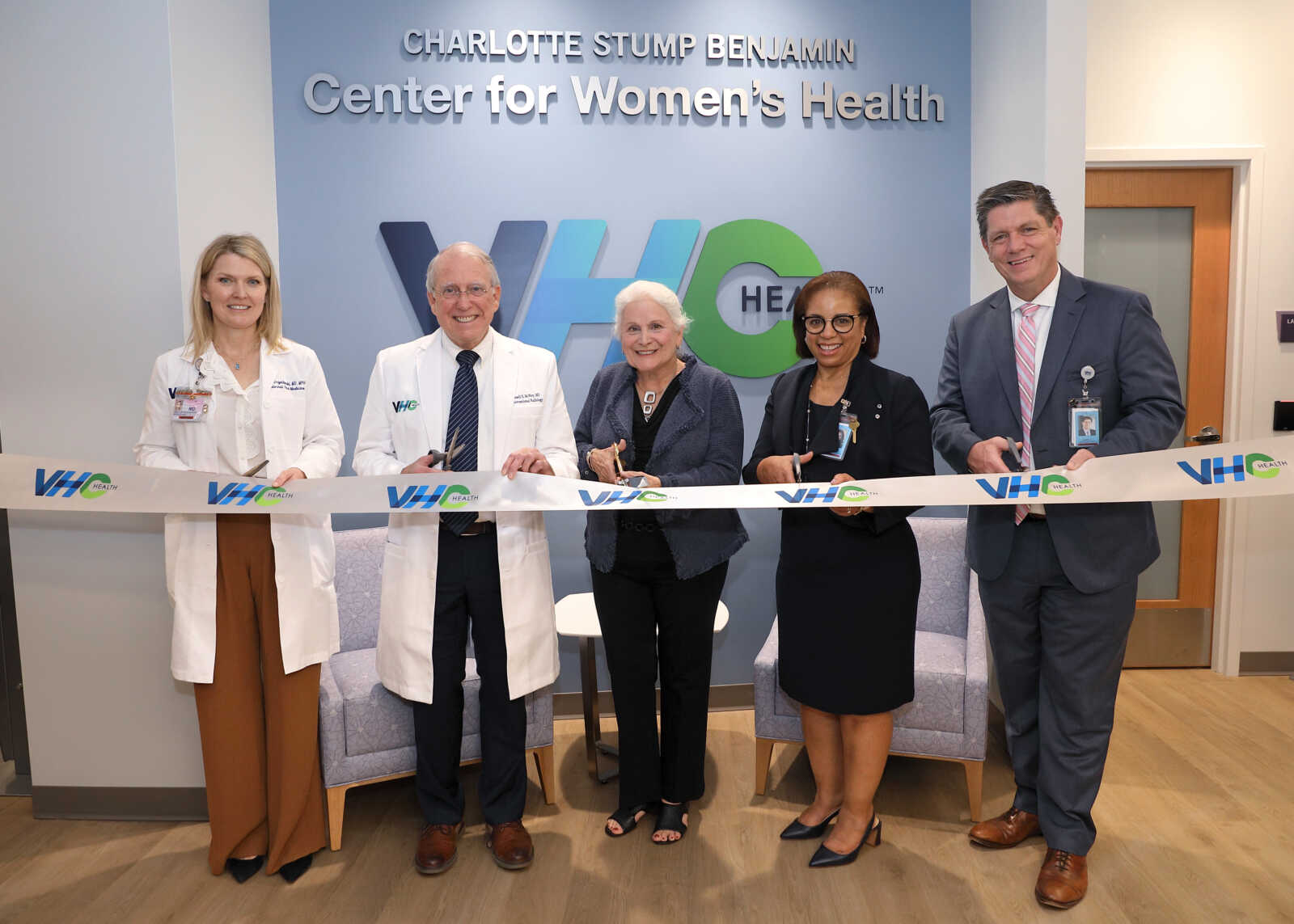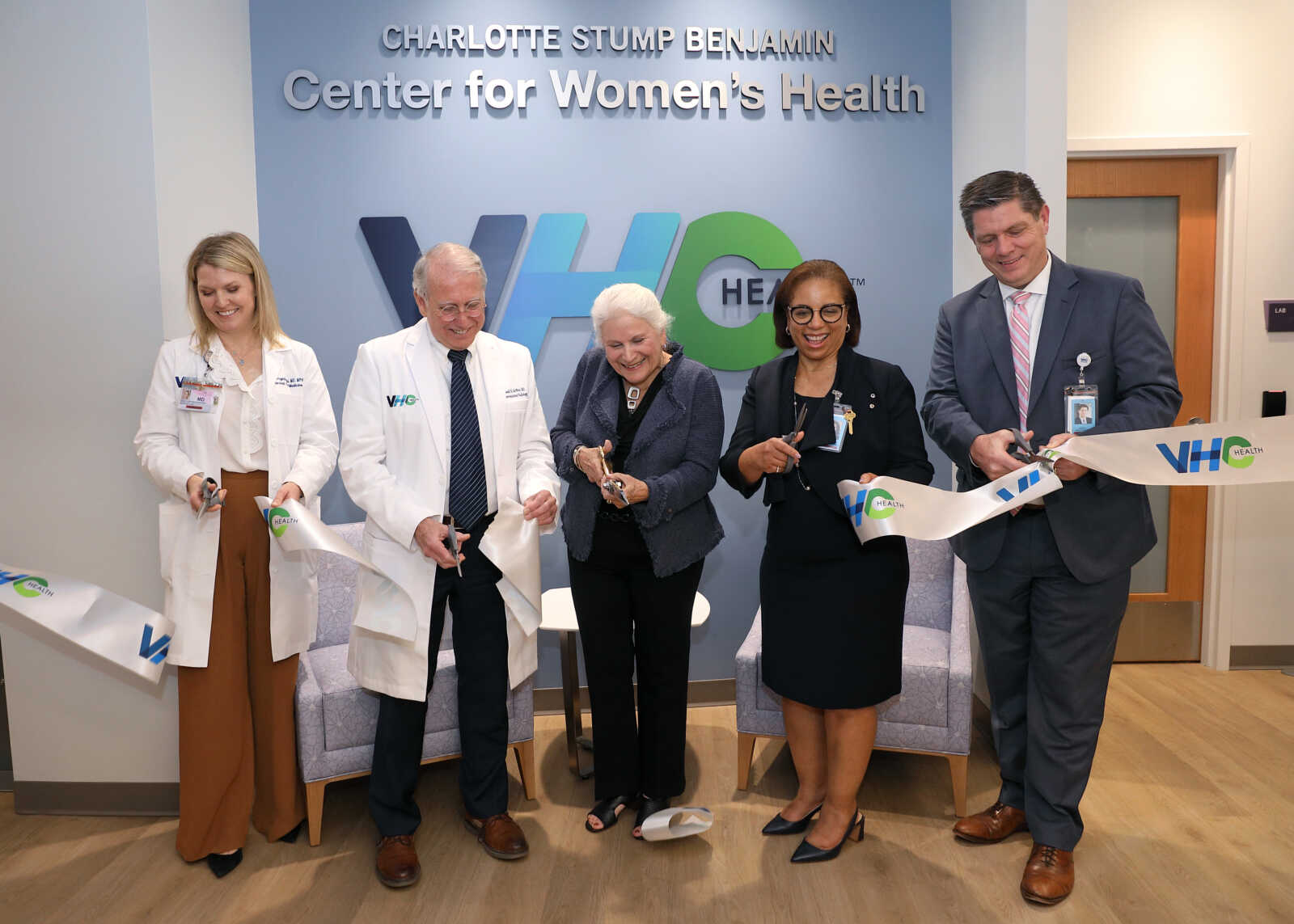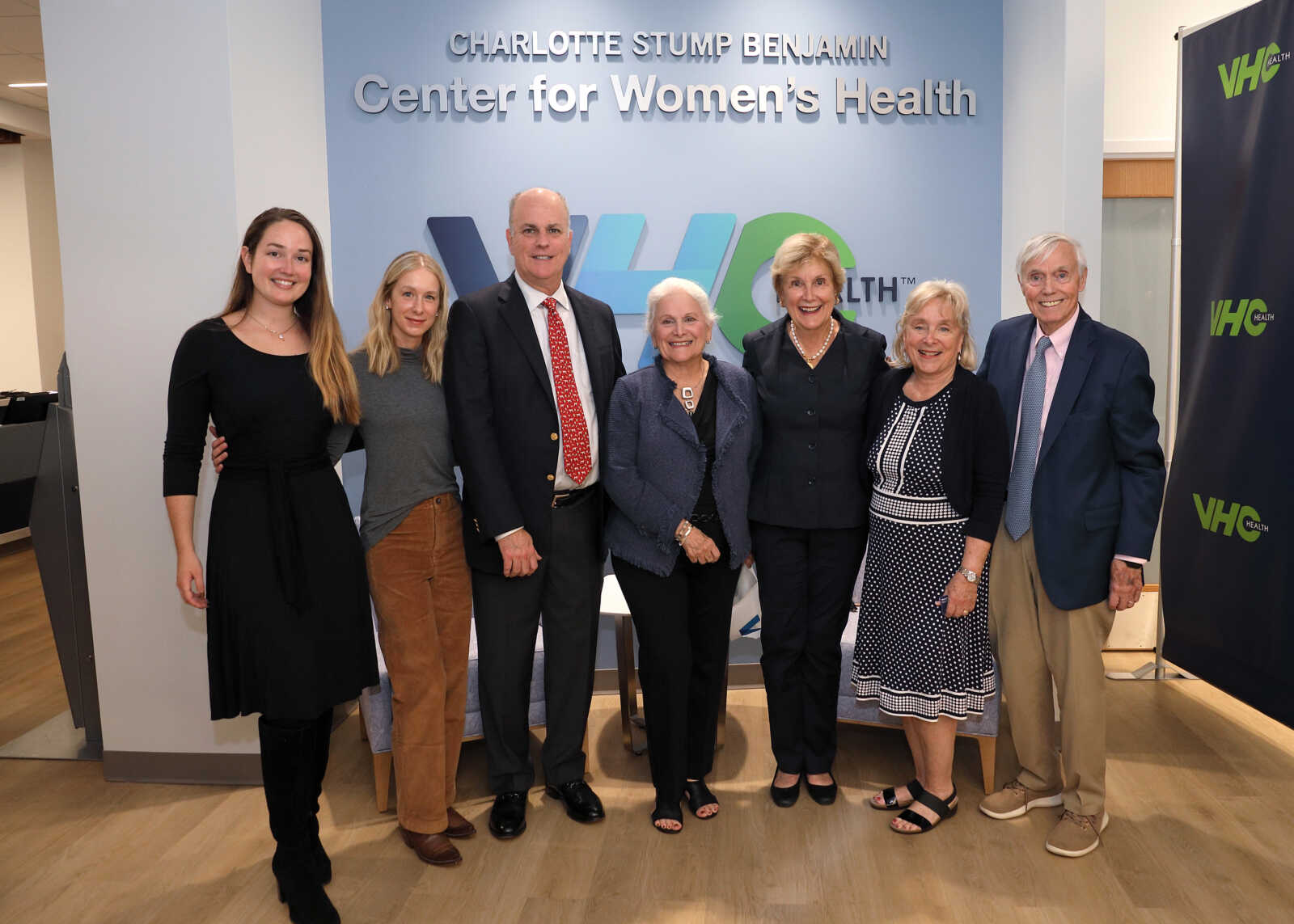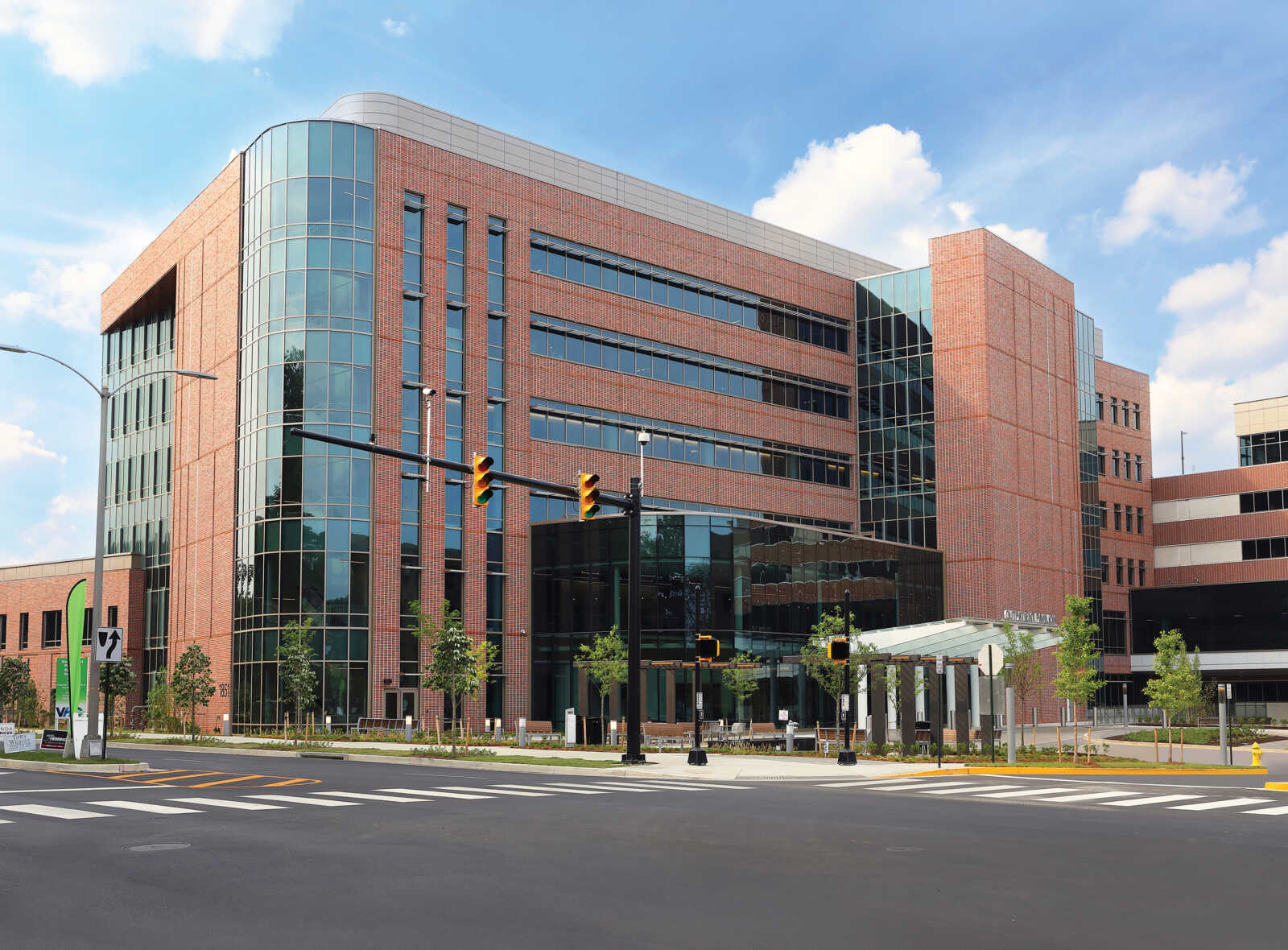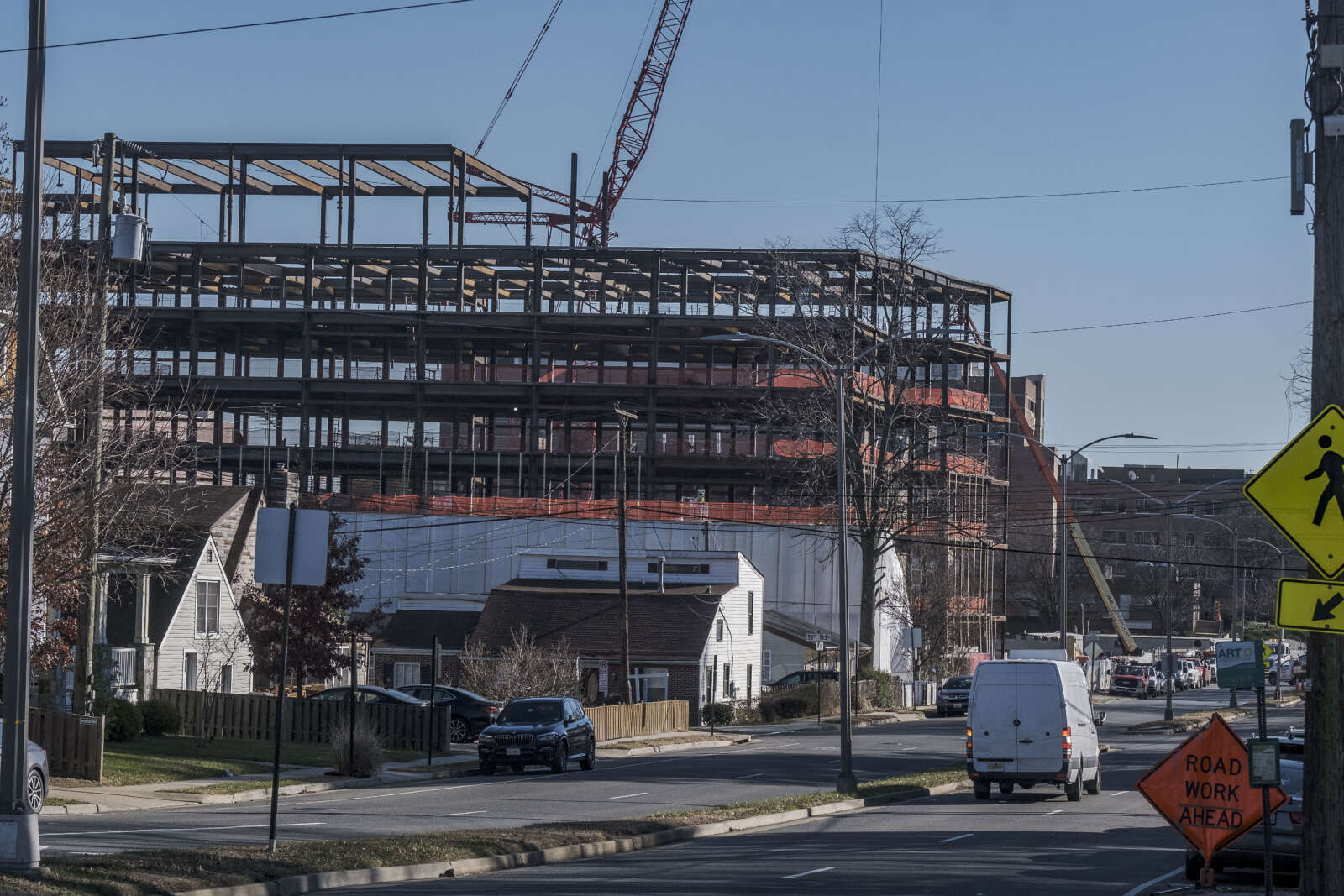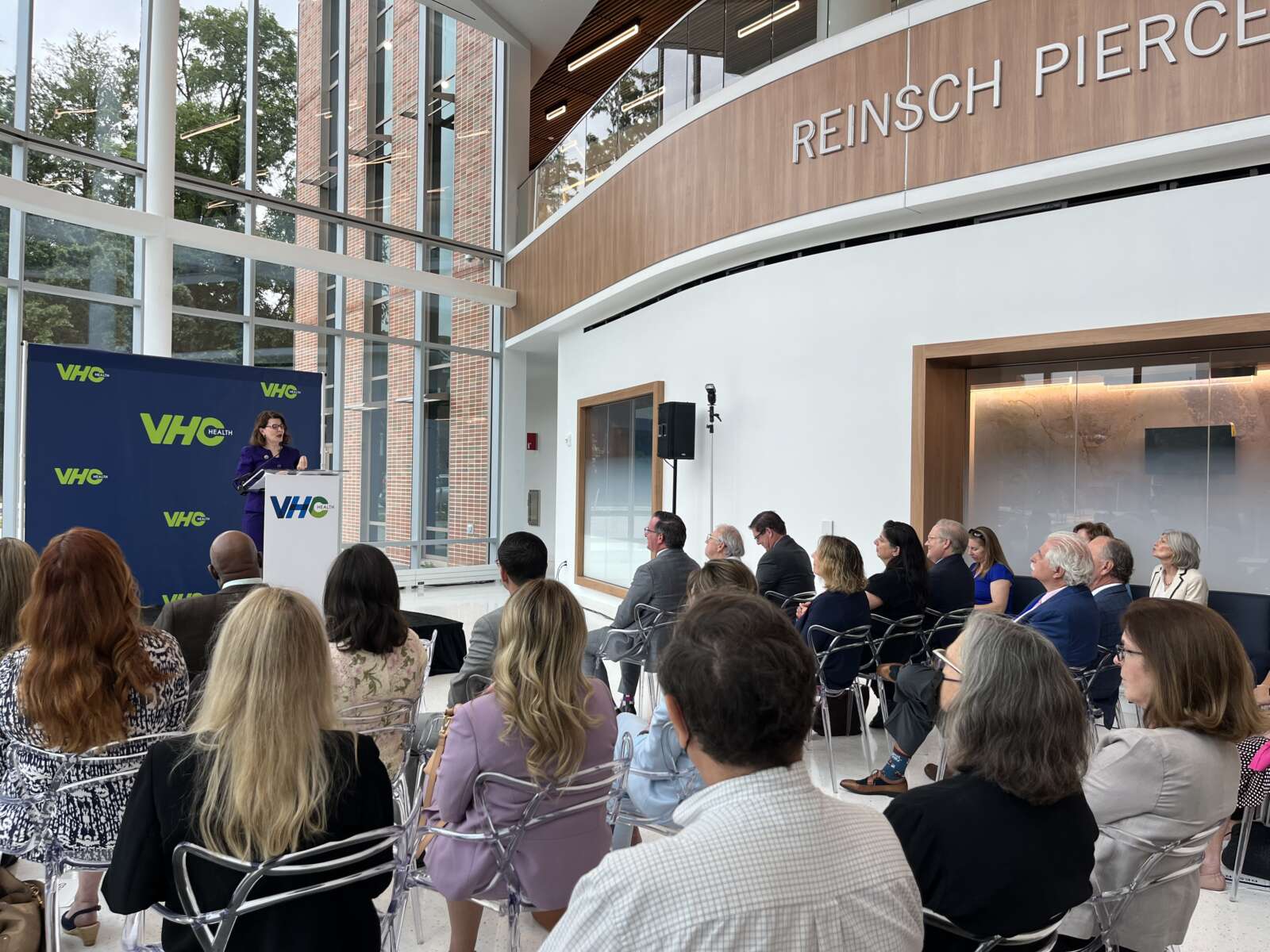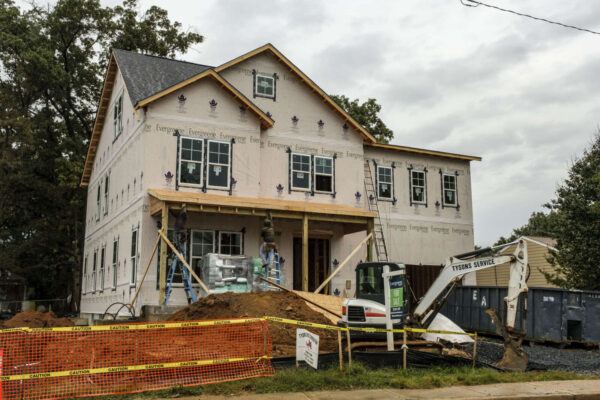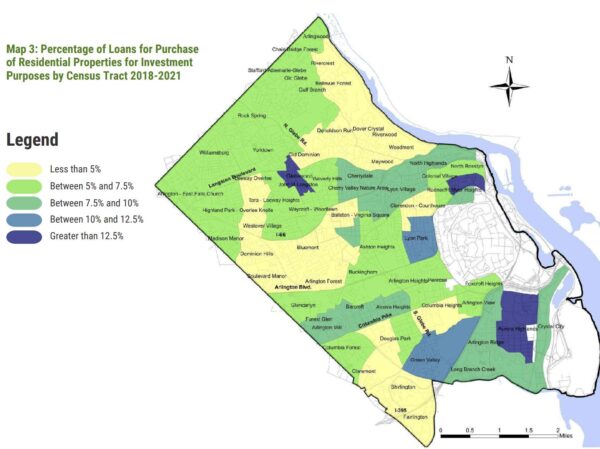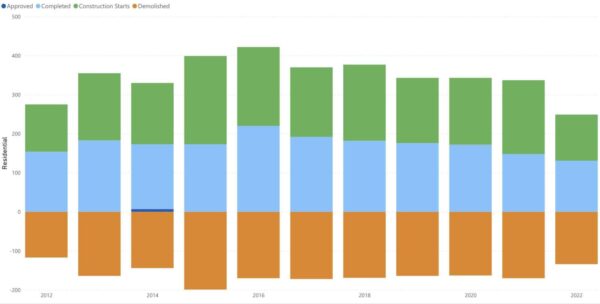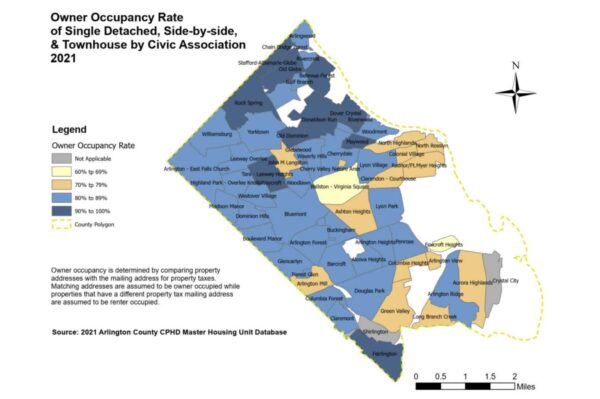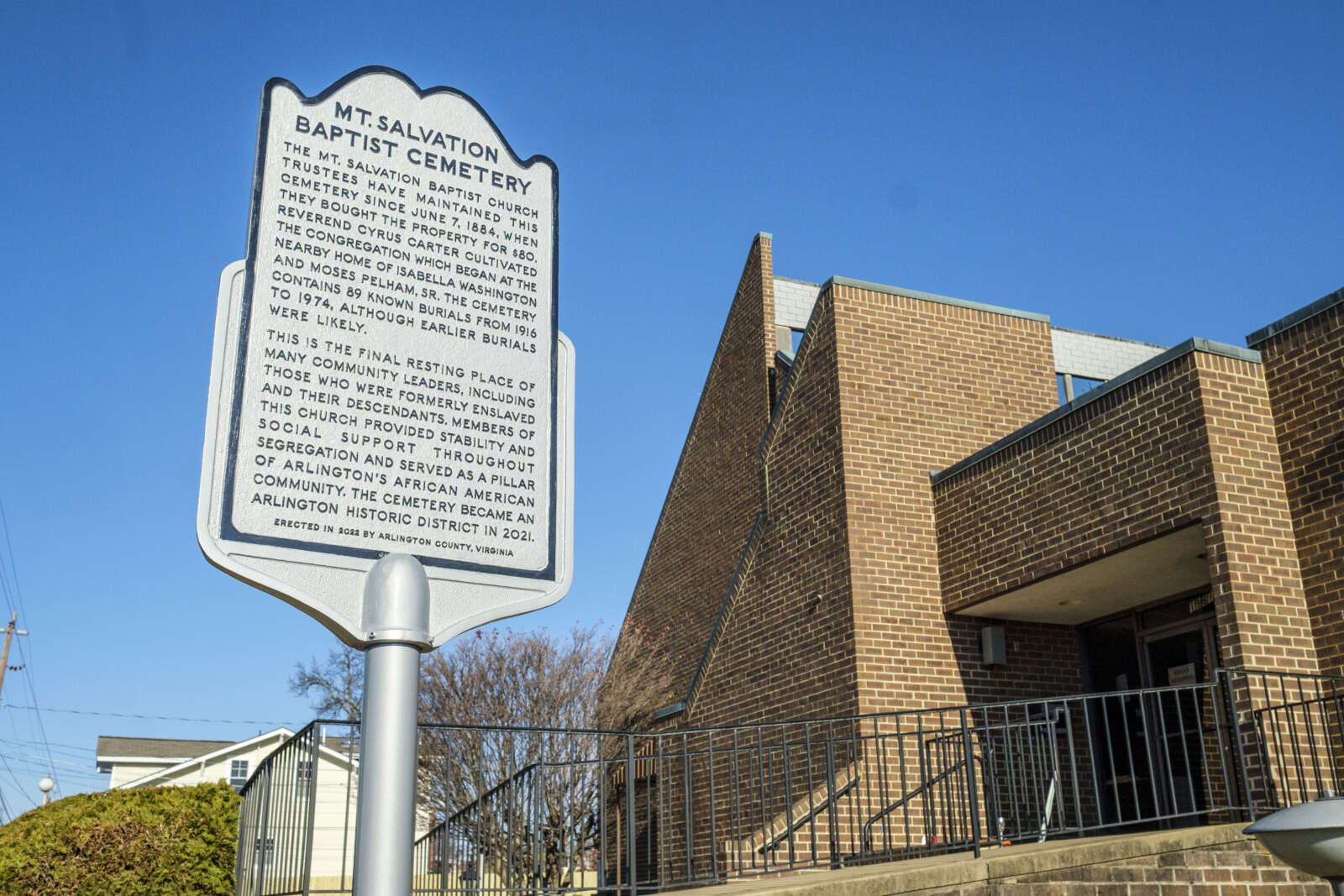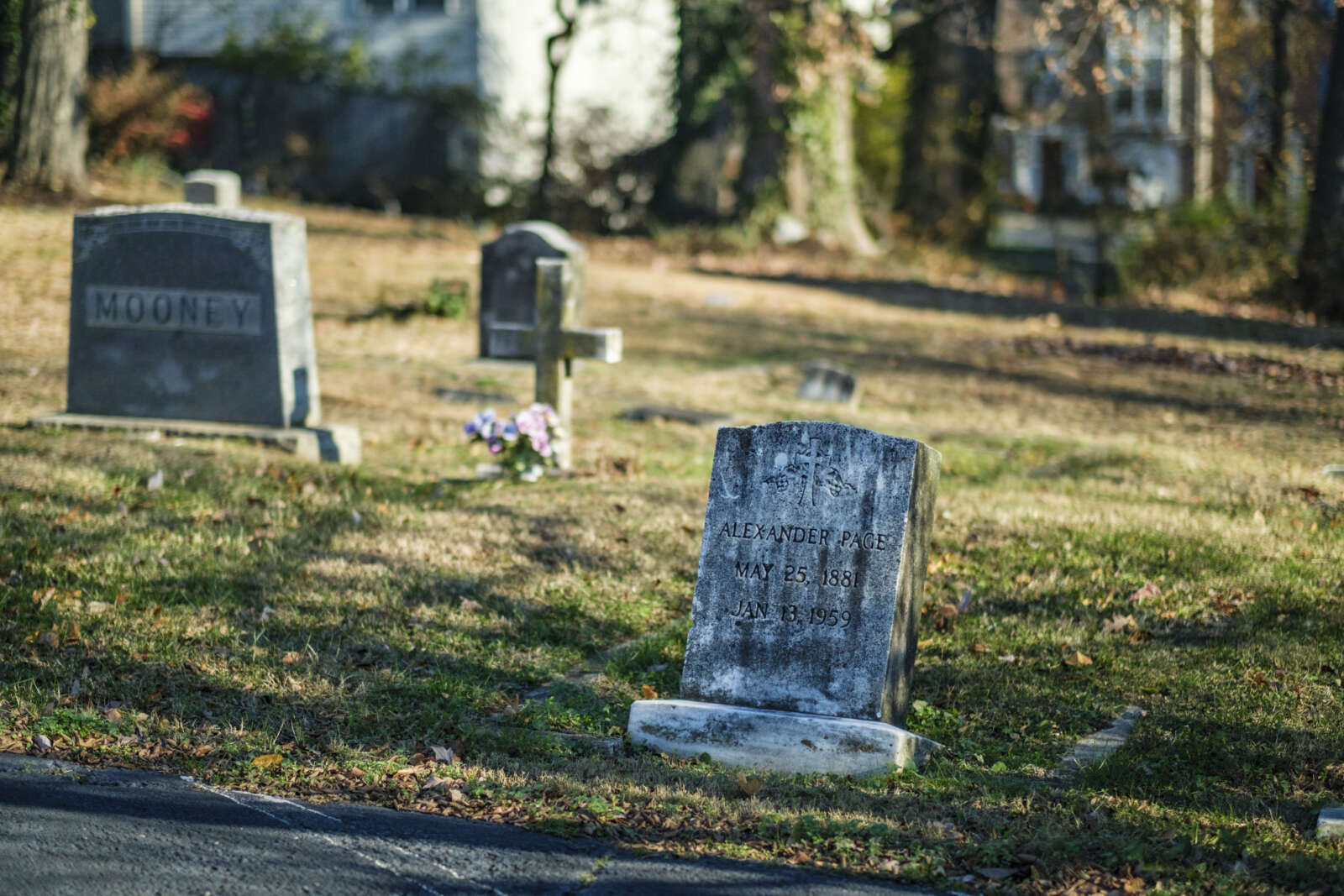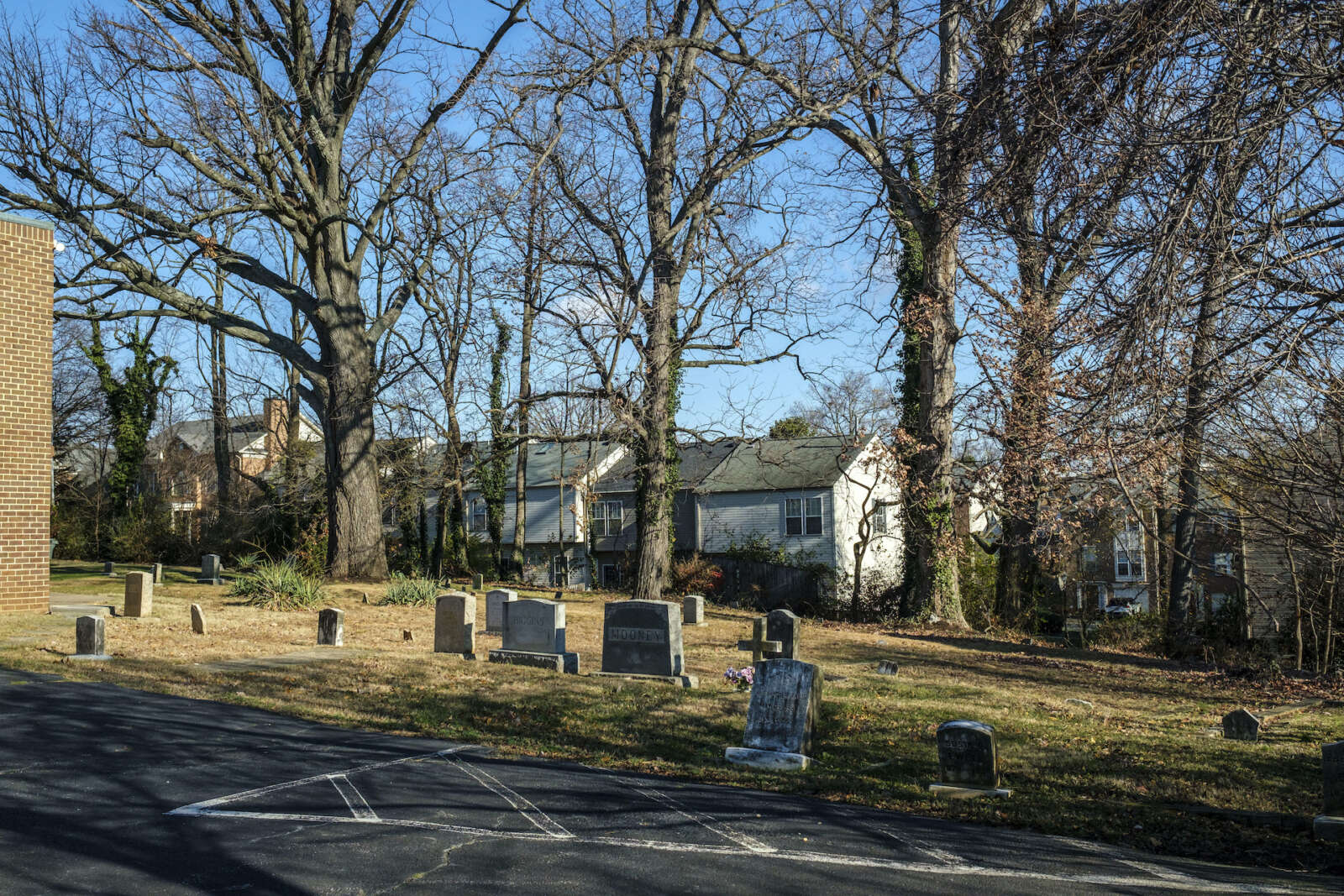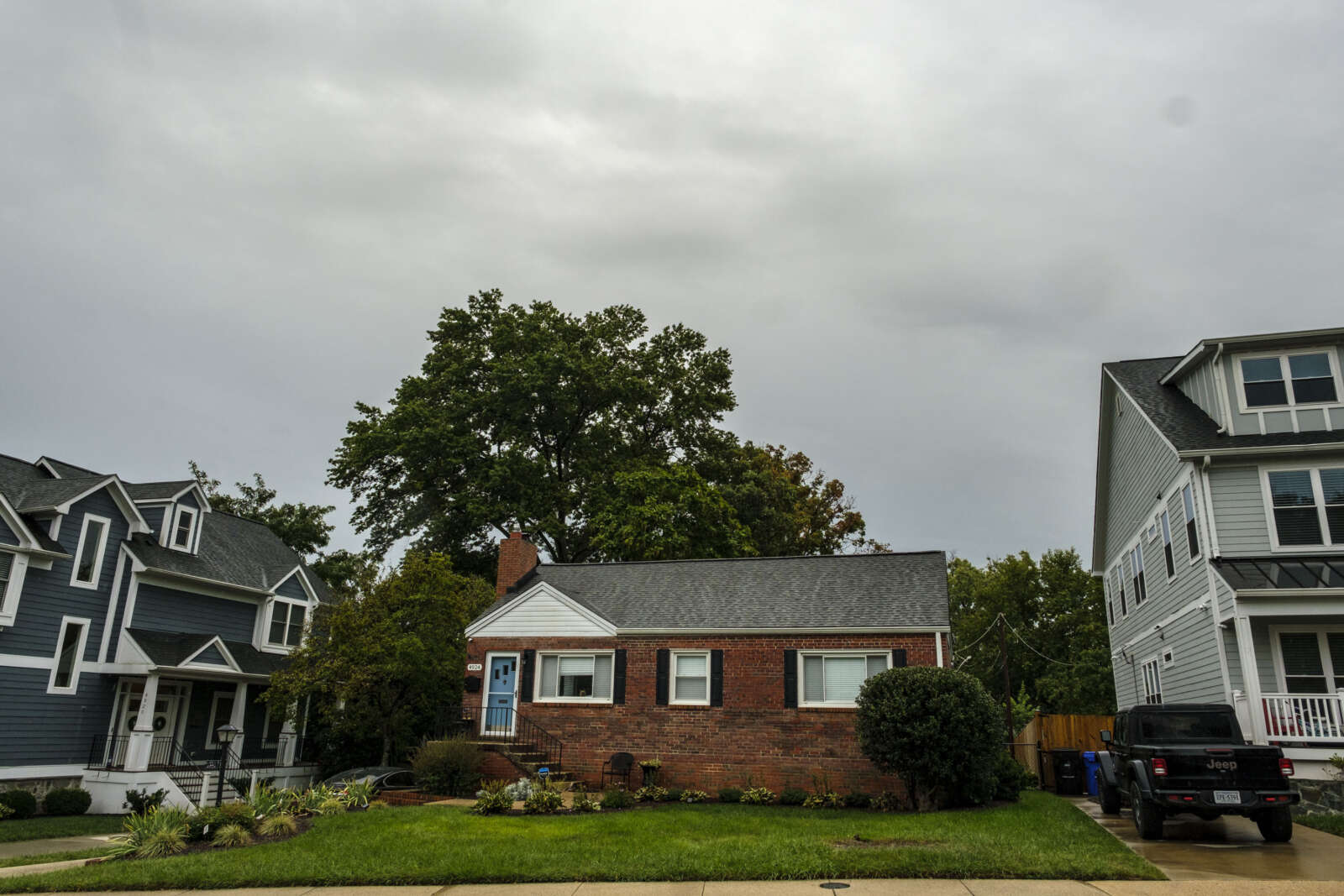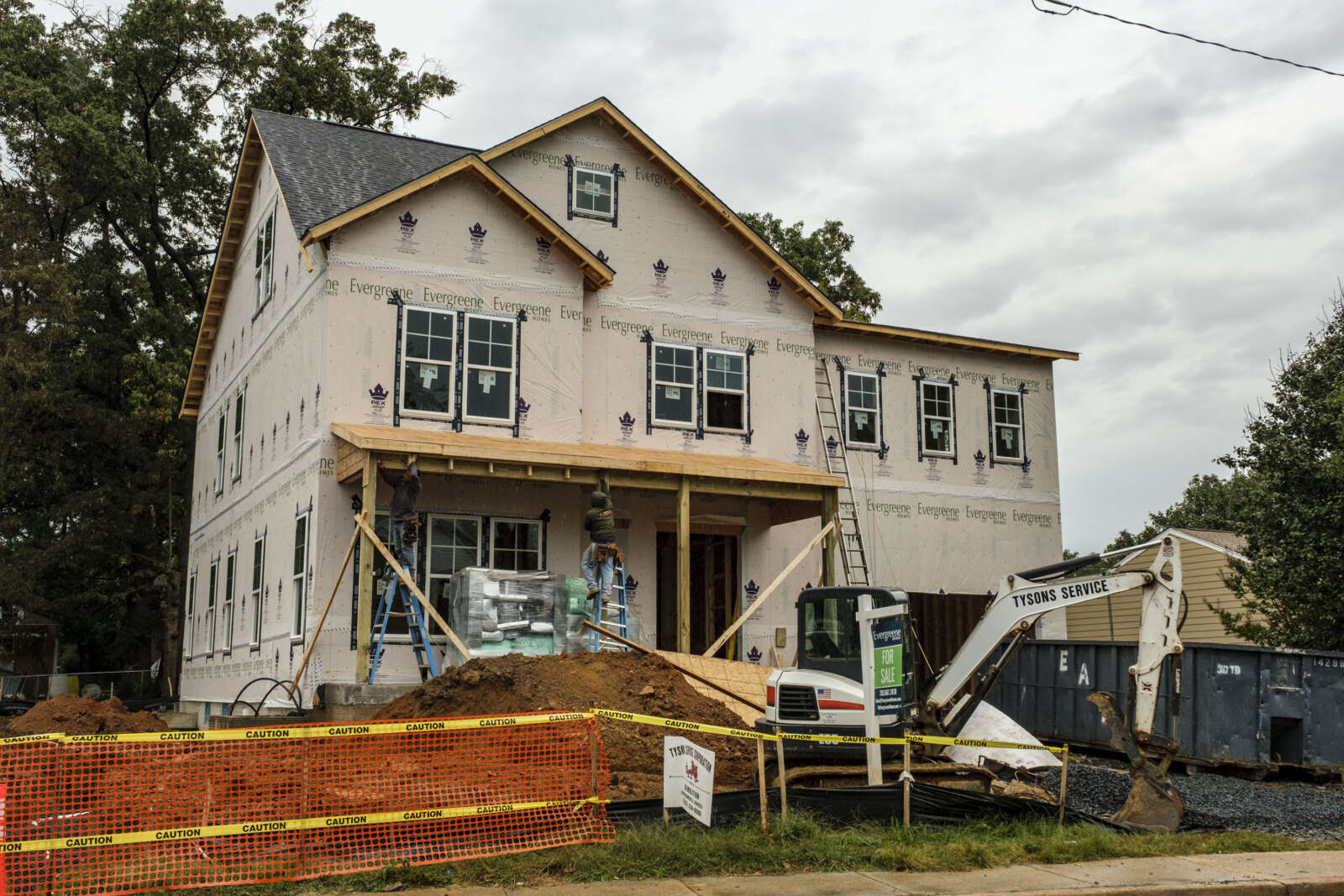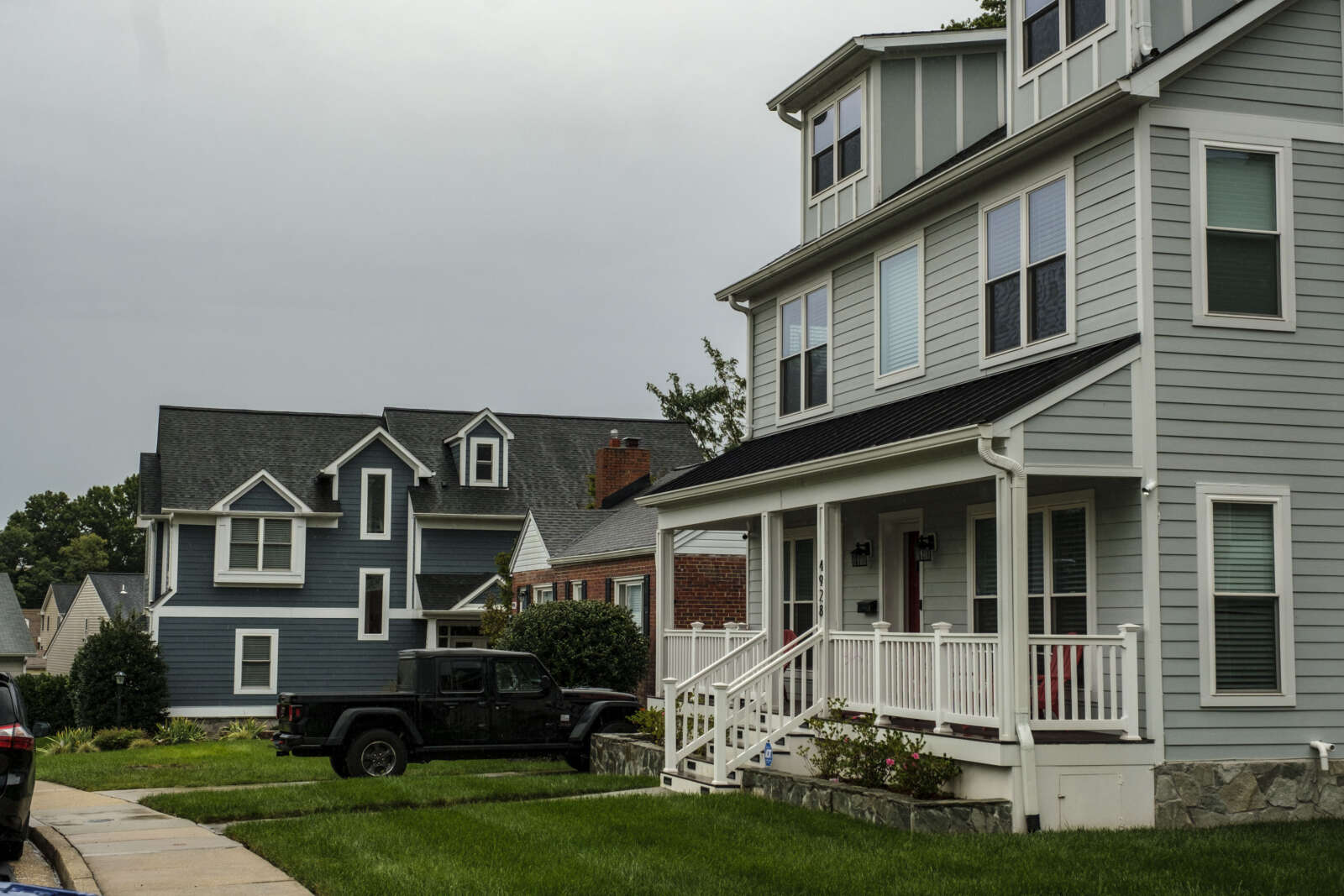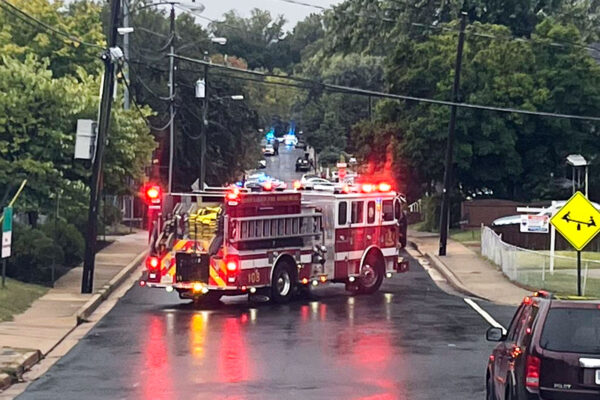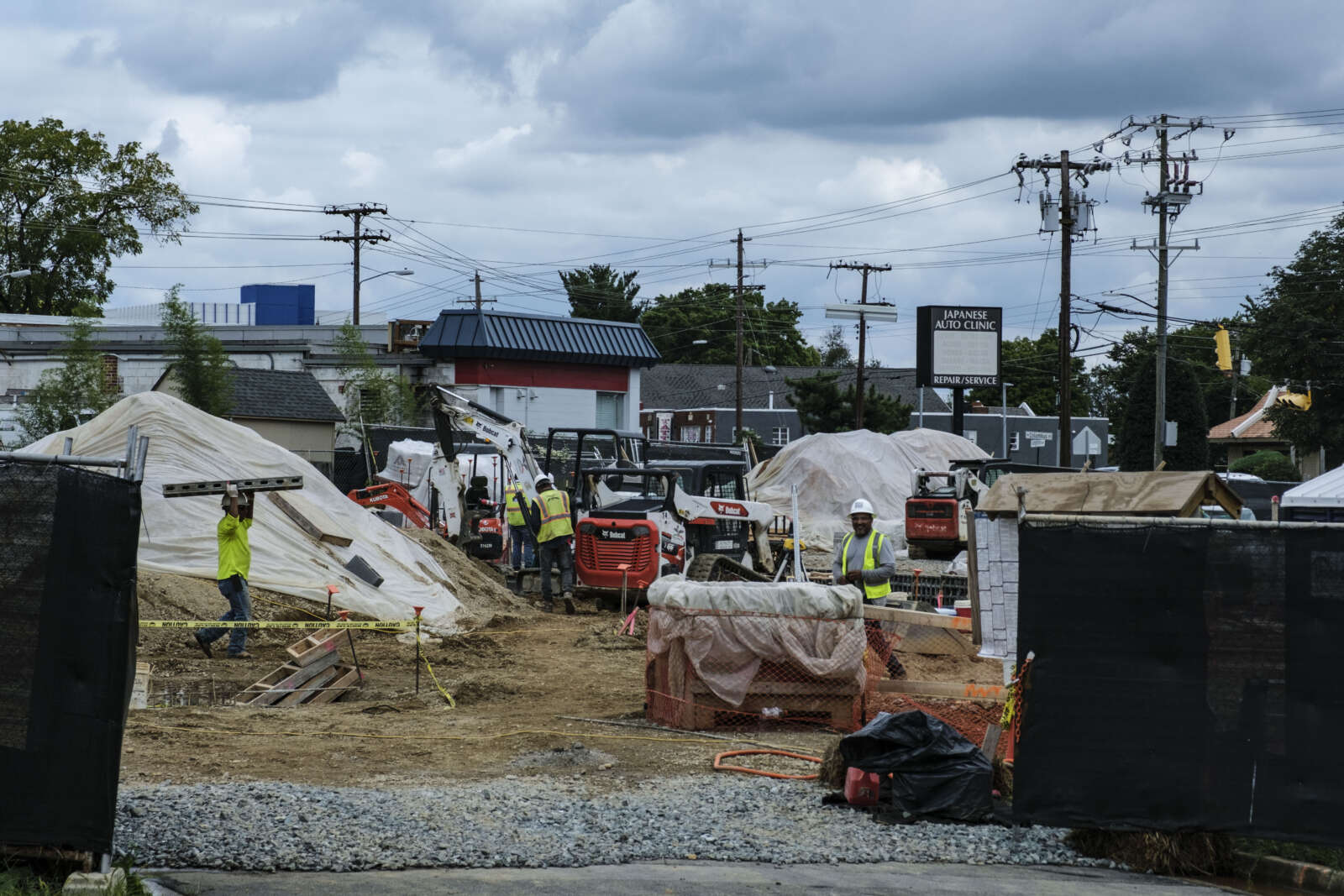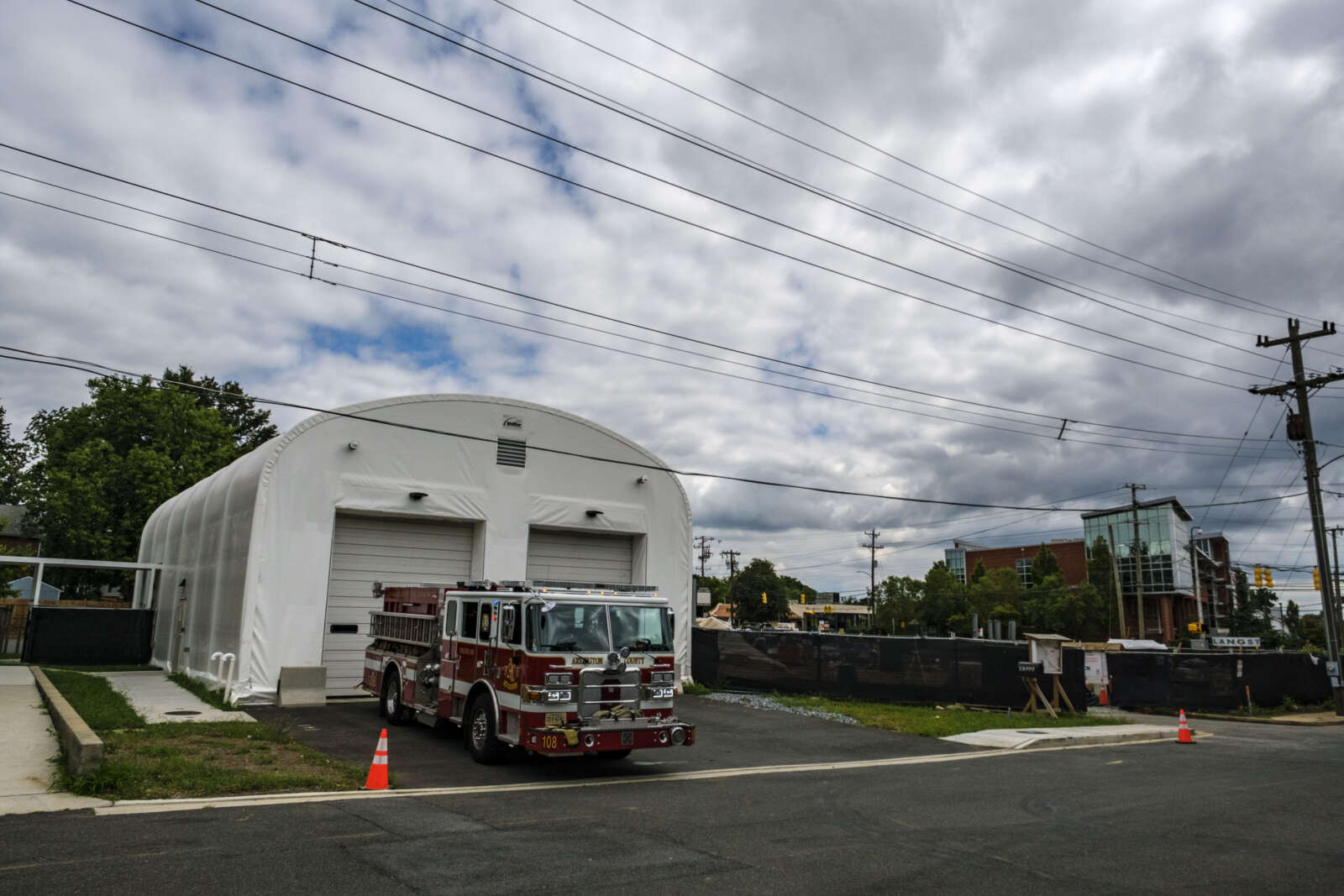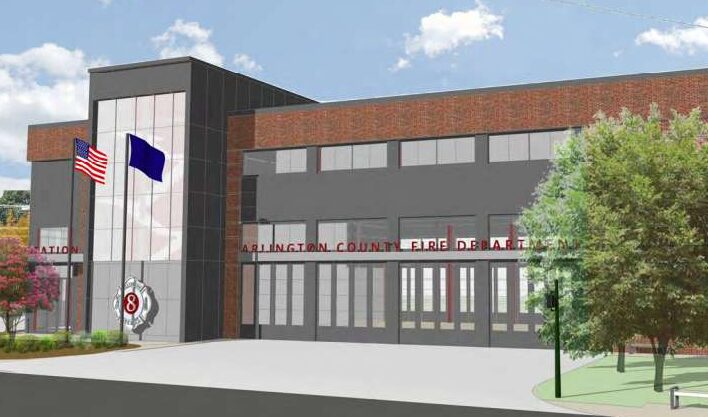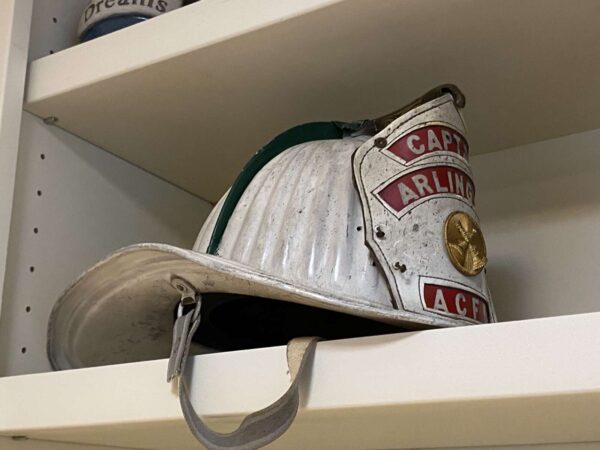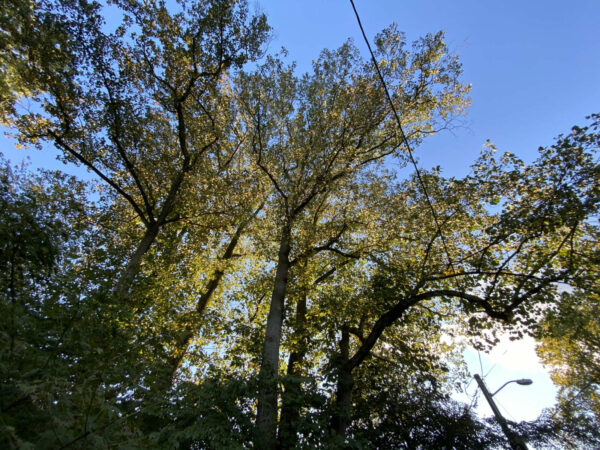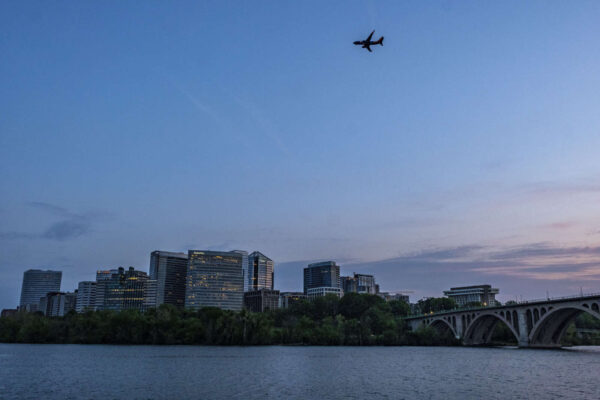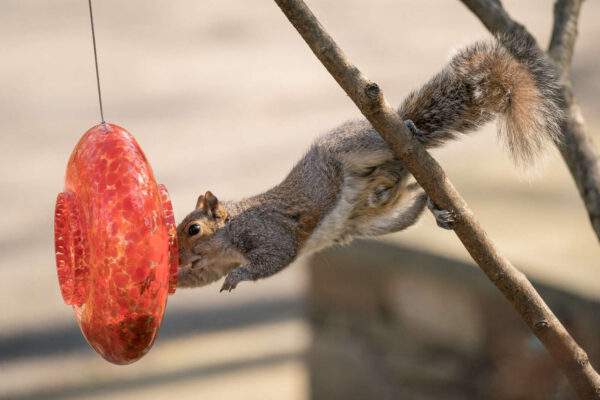With work beginning to wrap up on the new Fire Station 8 in Halls Hill, the county is asking residents to share mementos from the station’s past.
The artifacts, which can be donated temporarily or permanently, will go on display in the station’s public lobby exhibition dedicated to the history of Fire Station 8.
Fire Station 8 was the only station in segregation-era Arlington with Black firefighters, all volunteers, who responded to service calls that fire stations in white neighborhoods would not take. The station, which did not receive county support back then, raised the money for equipment with cookouts.
Now, the forthcoming, newly-built Arlington County Fire Department station at 4845 Langston Blvd will have updated amenities and sustainable features such as a “green” (vegetated) roof and rooftop solar panels. In addition to the lobby exhibition, it will have a plaza and pathway honoring the legacy of their fire station, which Halls Hill residents shared during the design process.
“You’ve shared memories, stories, anecdotes, and most of all, the love and respect that flourished between you, your neighbors, and the tireless dedication of the firefighters who worked, overcame, and achieved so much for and on behalf of the Halls Hill community,” according to a letter soliciting donations. “We would love to display your photographs, awards, artifacts, mementos, and more.”
The donation call is ongoing and the county does not have any pieces to share with the public yet, says Alyson Jordan Tomaszewski, a spokeswoman with Arlington’s Dept. of Environmental Services.
Suggested donations she shared with ARLnow include:
- Candid photos
- Programs or invitations for events sponsored by the station
- Artifacts from individuals (e.g., parts of uniform, helmet, buttons, pins, awards)
- Artifacts from the station (e.g., banners, signs, tools, equipment)
As for construction, Tomaszewski said most of the interior finishes on the new station have been completed. Through mid-winter of 2024, crews will focus on installing sidewalks, curbs and gutters.
After this work is complete, ACFD plans to start operating from the new building, where the old station formerly stood. Firefighters will move out of the temporary station next door, at 2217 N. Culpeper Street, where they have been working since December 2021.
Just prior to spring, crews will remove and store the temporary station, do landscaping work and add a parking lot, Tomaszewski said.
“Once this is complete, there will be a grand opening event for the public,” she said.



